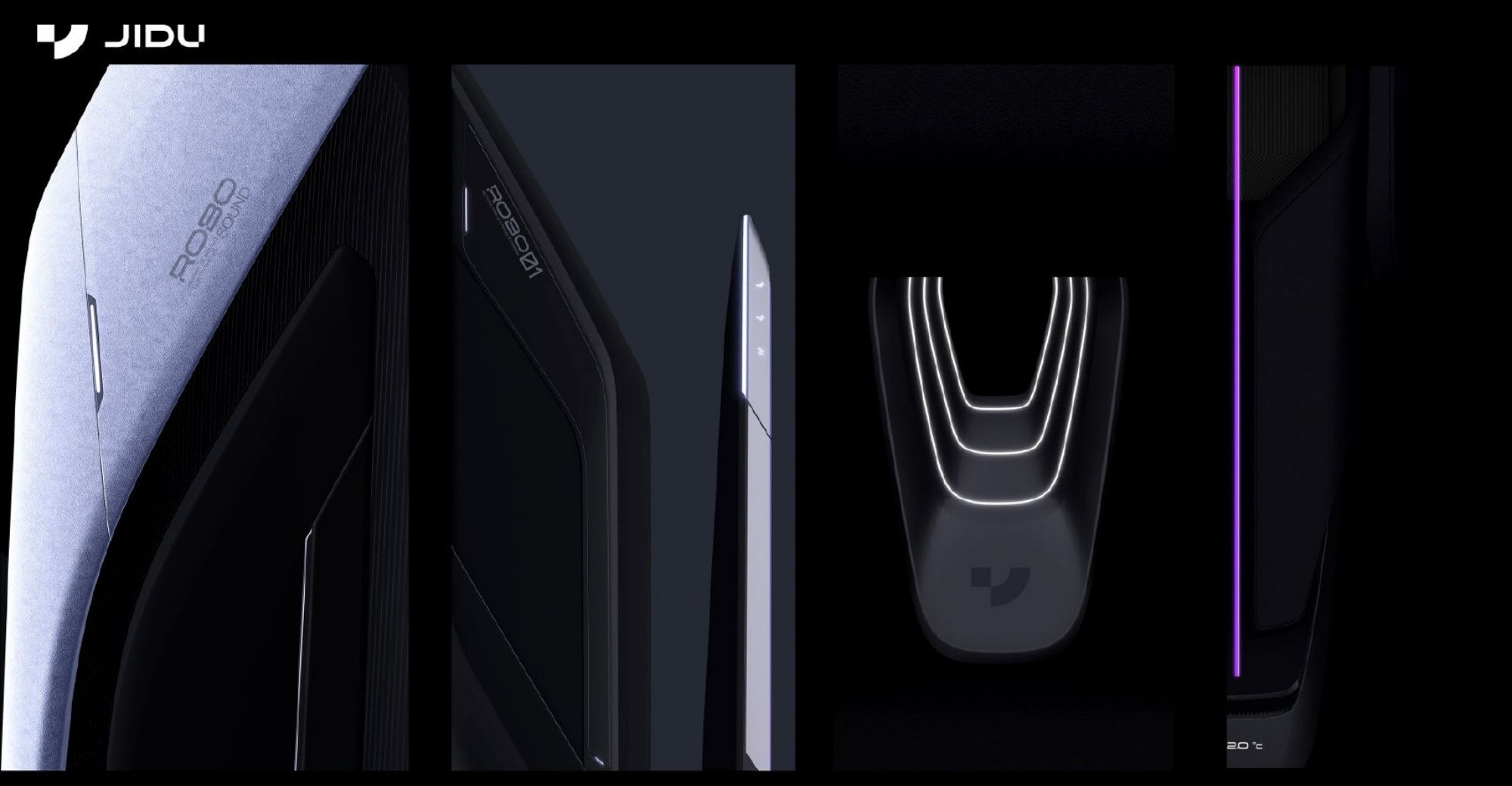JiDU Gives First Look at Dual LiDARs Solution for It Robot Car
On Monday, JiDU, an automobile startup founded by Baidu and Geely, released some design details of its concept car’s front and dual LiDARs autonomous driving system pioneered by the company.
Wang Weibao, the person in charge of JiDU Intelligent Driving, shared the latest progress of their robot car. Recently, the company’s SIMUCar (Software Integration Mule Car) has been upgraded to version 2.0 and its autonomous driving system has been added with LiDARs sensors which is integrated with its high-level autonomous driving intelligent infrastructure JET1.0.
At present, both the Nvidia Orin and Hesai AT128 semi-solid-state LiDARs systems have been installed on the vehicles to participate in the integrated autonomous driving system’s test.
Wang Weibao said that the vision protocol and autonomous driving scheme currently being tested and developed within the SIMUCar 2.0 is an independent dual system. Compared with the traditional scheme, the two sets of autonomous driving schemes perform both backup and complementary functions.

This LiDARs scheme produced for the company’s first robot car is highly innovative. Firstly, the dual front radars can cover a field of vision stretching 180 degrees horizontally. Secondly, the identification of key areas is much more accurate. Thirdly, in terms of security, dual LiDARss can be redundant with each other, providing greater reliability than a single dual LiDARss solution.
SEE ALSO: JIDU Raises Nearly $400 Million in Series A Financing, Mass-production to Begin in 2023
JiDU also revealed that ROBODAY, the first large-scale brand-sponsored conference originally planned to be held in April, will be postponed due to the epidemic. The company previously announced that it will release its first robot car in 2022 and make its debut at this year’s Auto China 2022. Its first mode for mass-production will be launched in 2023. At present, the company has started the pre-research phases of follow-up models, while its second car for mass-production is expected to be released at Auto Guangzhou at the end of this year.






